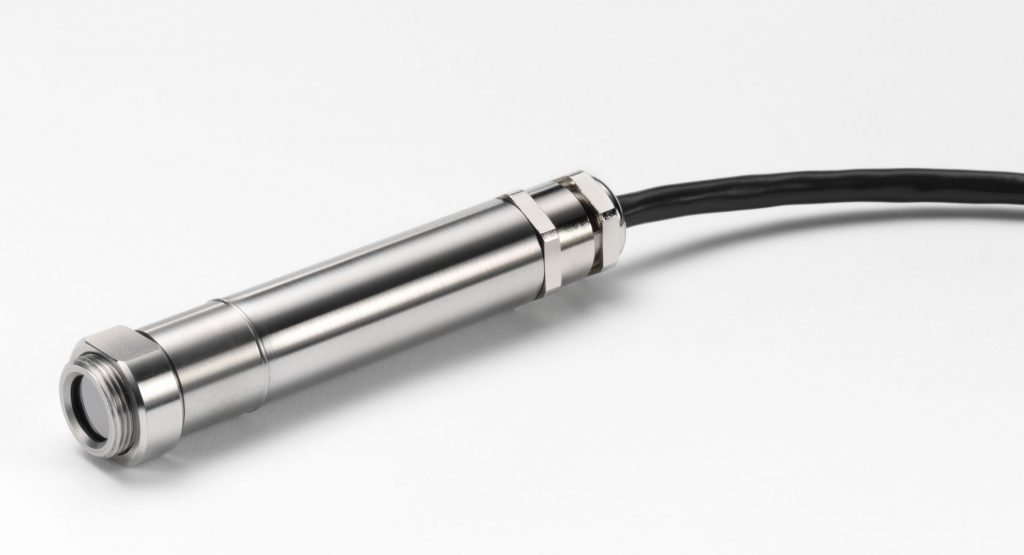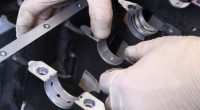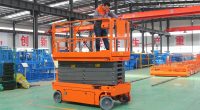Importance of Sensors in Industrial Settings

With technology playing such an important role in today’s society, it’s kind of hard to imagine life without relying on certain devices and machines for performing both complex and simple tasks. Though the pace at which technology is developing is moving very rapidly, it’s a painstaking process. And while most of the technology that we use today seems relatively new, the basic concepts of the ideas behind them date decades back.
For example, the infrared lights, which are not visible to the human eye because they’re part of the electromagnetic spectrum, and the wavelengths of the infrared lights are much longer than those of the light we are able to see, ranging between 0.75 to 1000µm.
Nowadays, sensors are used on daily basis in objects like smoke alarms, parking sensors, burglar alarms and temperature sensors Australia wide. All sensors find use in both commercial and residential settings. Some are not necessary in residential buildings, while they’re legally required in industrial and commercial buildings, like smoke and temperature sensors Australia experts claim.
The demand for work efficiency is on the constant rise in the mass production industry, and a lot of manufacturers have to invest in industrial sensors to ensure a quality workflow. Buying and installing smoke sensors, proximity sensors and temperature sensors is a pretty straightforward procedure. Their purpose is to tell you when things are about to go wrong, so you can prevent it in a timely manner, and potentially prevent casualties and damages. Here are a few sensors commonly found in industrial zones.
Temperature Sensor
Temperature sensors find use in many industrial areas. As their name implies, they’re there to determine the temperature in a medium, whether that’s the overall temperature in a work place, temperature of a machine, etc. Temperature sensors can operate in multiple ways – the most common ones operate with a method named expansion differential, infrared detection and resistance differential.
Pressure Sensors
These sensors detect the pressure caused by gasses or liquids by converting their physical force to electric signals. Pressure sensors can also measure other variables like altitude, speed and water level. The high-end models can monitor high-speed pressure changes. The most common types are pressure gauges and barometers.
Proximity Sensors
Proximity sensors detect movement within the sensor’s field and are used for safety, security and efficiency. They utilize infrared radiation or a radar to spot motion or occupancy. They can switch the lights off when there are no people in the room, and vice versa, they can switch the lights on when someone enters the room. Moreover, they can activate cameras or stop a machine from operating when a person enters a danger zone.



